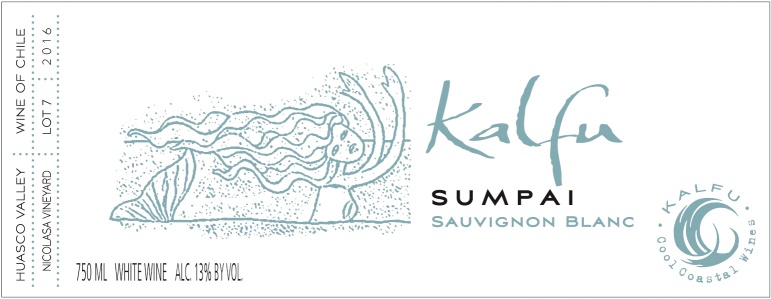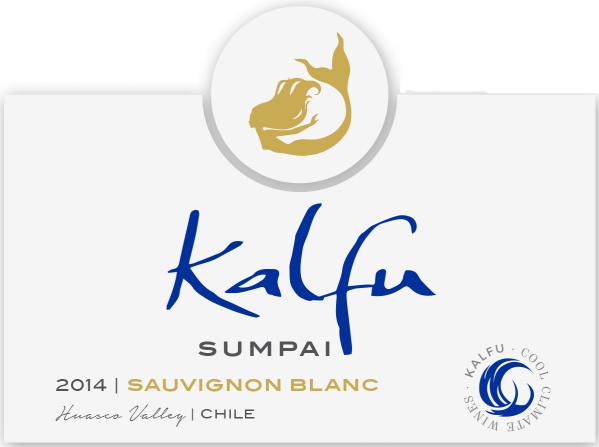Terroir of Huasco Valley
In Huasco, the dry, sunny climate and cool nights create ideal conditions for growing grapes with intense flavors and aromas. The valley's unique environment is shaped by its proximity to the mountains and its location at 28–29°S latitude. With less than 100 mm of yearly rainfall, the region relies heavily on irrigation, using meltwater from the Andes to sustain its vineyards.
Soils in Huasco are mainly alluvial and rocky, featuring sand, gravel, and clay loam, which help control vine growth and lead to low yields. This results in concentrated flavors, particularly in aromatic Moscatels and traditional sweet wines. The high elevations, reaching up to 1,000 meters, cause significant day-to-night temperature shifts, aiding in sugar concentration and aroma development while maintaining grape freshness.
Notable Wineries in Huasco Valley
Huasco Valley, a hidden gem in Chile's Atacama Region, is renowned for its small-scale, community-driven wine production. The valley's rich history and unique terroir have nurtured a distinctive wine culture. Here are a few highlights:
-
Cooperative Pisco Producers: This notable cooperative gathers grapes from local growers, crafting quality Pisco that reflects the valley's traditions.
-
Vinos del Desierto: An independent winery dedicated to producing limited batches of Moscatel and País wines, capturing the essence of the desert's flavors.
-
Viñas del Valle: A family-owned estate focused on sustainable practices and artisanal wines, offering a taste of Huasco's unique climate and soils.
These producers highlight the valley's commitment to preserving its winemaking heritage while embracing innovative techniques to create wines that stay true to their roots.
Sustainable Winemaking in Huasco Valley
The Huasco Valley in Chile's Atacama Region has embraced sustainable practices, driven by the scarcity of resources and a commitment to preserving its rich heritage. The dry climate reduces the need for chemical treatments, allowing grape growers to focus on organic and biodynamic methods. Cover crops are planted to prevent soil erosion and enhance biodiversity, while solar power provides an energy-efficient solution.
In this community-driven wine region, traditional water-sharing systems support irrigation, using precious meltwater from the Andes. Winemakers practice a hands-off approach, utilizing ripe fruit, native yeasts, and minimal additives to honor both tradition and the challenges of the desert environment. These sustainable efforts ensure that Huasco Valley continues to produce wines reflecting its unique terroir and cultural heritage.
Wine Tourism in Huasco Valley
Huasco Valley, nestled in Chile's Atacama Region, offers a unique wine tourism experience that combines stunning desert landscapes with rich winemaking traditions. Visitors can explore the valley's historic wineries and small-scale producers by traversing winding rural roads connecting towns like Vallenar, Freirina, and Huasco. Tastings are often by appointment, providing intimate encounters with the region's heritage wines, like Moscatel and País.
The valley's exceptionally clear night skies provide an excellent opportunity for stargazing after a day of wine exploration. Local harvest festivals, held from late summer to early fall, offer cultural events and eco-friendly activities amid the vines. Visitor facilities are basic, with many opting for accommodations in nearby towns or rural estates offering farm-to-table dining. This wine region focuses on delivering genuine experiences that celebrate its unique desert terroir and centuries-old grape-growing traditions.




